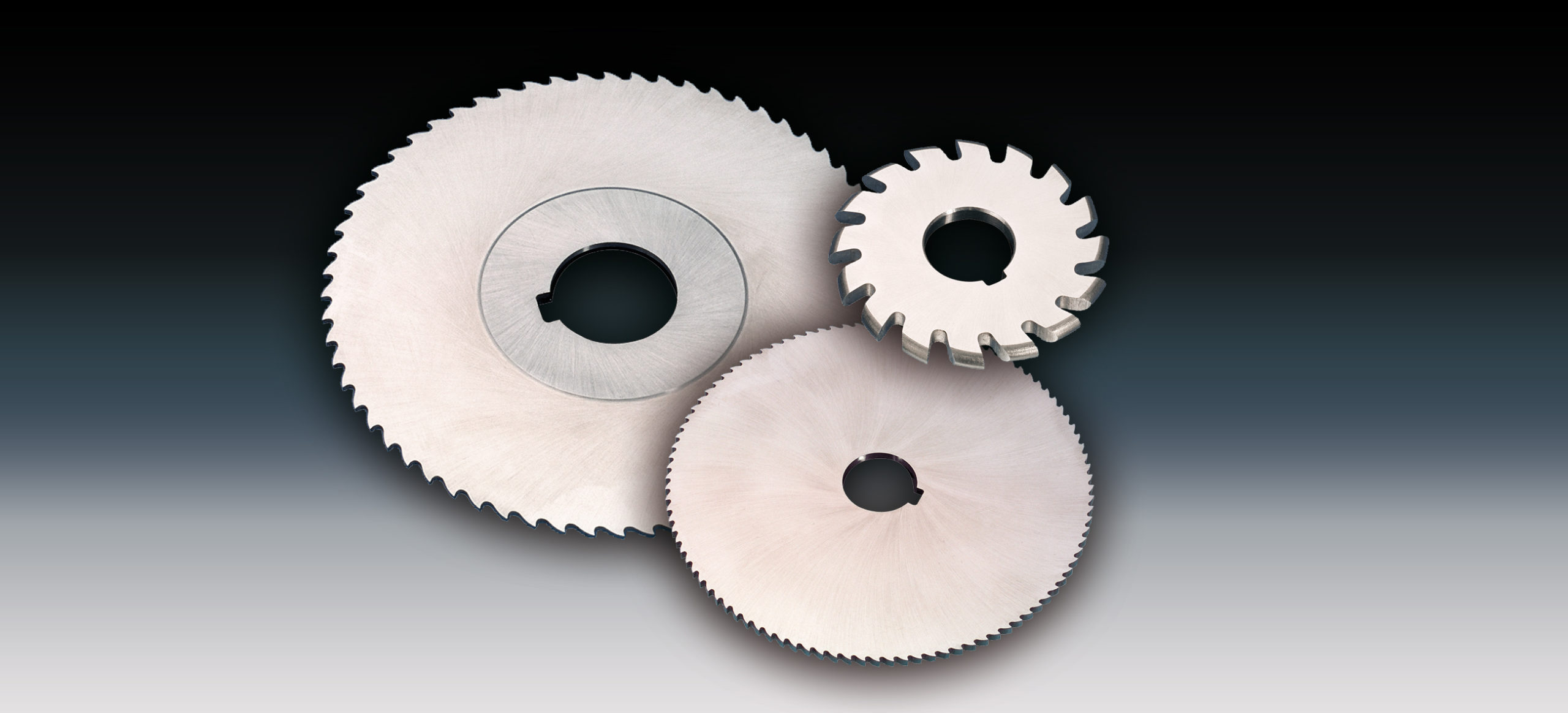
How to measure the dimensions of a circular saw blade?
Publié le 24 October 2024
When you need to replace replace a circular saw blade or to buy a custom-made one, it's important to know the precise dimensions of your current blade. Incorrect measurements can lead to the purchase of a blade that is not compatible with your machine, affecting cutting quality, safety or the risk of unnecessary breakage.
Discover the key steps to correctly measure a circular saw blade and understand the different technical information indicated on the blades.
To help you bring your projects to fruition, our team will work closely with you to answer your questions about our range of tools, solve your cutting problems and provide you with our expertise. In this way, we can define the tool best suited to your needs.
Where can I find the dimensions of a circular saw blade
The essential technical information is marked directly on the blade: diameter, thickness, bore and number of teeth. If they are no longer legible, you'll have to measure these dimensions yourself.
How to read the dimensions of a circular saw blade
The dimensions of a circular saw blade are often given as a series of numbers and letters, for example: 100×1.6×22 Z100 A.
- 100: represents the blade's outside diameter, measured in millimeters. This corresponds to the total distance from one edge of the blade to the other, passing through its center. This diameter must be compatible with your machine.
- 6: This is the thickness of the blade. This measurement indicates the thickness of the slot the blade will create in the material. A thinner blade cuts more accurately, while a thicker blade is often stronger but can remove more material.
- 22: This is the diameter of the bore, i.e. the central hole of the blade that fits onto the saw axis. It's crucial that the bore corresponds exactly to the axis of your machine. An incorrect dimension here will result in a poor fit or render the blade unusable.
- Z100: The Z refers to the number of teeth on the blade. Here, the blade has 100 teeth. The more teeth a blade has, the finer and more precise the cut. However, a lower number of teeth will enable faster cutting in thicker or coarser materials.
- A: This letter can represent different types of additional features, such as the type of cut (transverse, longitudinal) or tooth shape (alternate, straight, trapezoidal, etc.).
Frequently asked questions about circular saw blade dimensions
How many teeth does a circular saw blade have?
The number of teeth depends on the type of cut or section you wish to produce:
- More teeth (e.g. 60 to 100): provide fine, precise cutting, ideal for fine materials and delicate cuts.
- Fewer teeth (e.g. 24 to 40): for faster cutting in thick materials such as solid wood or metals.
How to choose the thickness of a circular saw blade?
1. Thickness and amount of material removed
The thickness of the blade determines the width of the cut, i.e. the amount of material removed with each pass. A thin blade removes less material, while a thicker blade cuts wider and removes more material.
- Thin blade: A thin blade (1.2 to 1.6 mm) is ideal for precise cuts and minimizes material loss. It is ideal for delicate or thin materials. By reducing friction, a thin blade requires less power and reduces splintering.
- Thick blade: A thicker blade (2 mm or more) is stronger and more durable, making it ideal for hard materials or more demanding cuts, such as metal. It is less likely to flex or warp under heavy loads, which improves its durability.
2. Materials to be cut
The choice of thickness strongly depends on the material to be cut:
- Thin, soft materials (soft wood, plywood, plastic): A thin blade is preferable to reduce splintering and minimize resistance.
- Hard materials (solid wood, metal, aluminum): A thicker blade is recommended to guarantee stability when cutting and to prevent the blade from breaking or bending under stress.
3. Relationship between blade diameter and thickness
It's important to note that blade thickness must be consistent with blade diameter. For example, a large-diameter blade (over 300 mm) must be of sufficient thickness to ensure stability when rotating at high speed.
- Larger diameter = greater thickness: A blade with a large diameter (e.g. 400 mm) cannot be ultra-thin, as this would make it too fragile. A thin blade, on the other hand, risks deformation or vibration, which can lead to inaccurate cutting, overheating and even accidents.
- Smaller diameter = thinner thickness possible: For smaller diameter blades (e.g. 160 mm to 250 mm), you can opt for a thinner blade (1.2 mm to 1.6 mm), as it will have less mechanical stress.
4. Choice according to type of cut
- Fine, precise cuts: For finishing cuts or cuts in materials where precision is paramount, a fine blade is preferable.
- Fast, coarse cuts: If you need to make fast cuts or cuts in thicker materials, a thick blade will ensure greater robustness and longer service life.
Taking the right measurements for a circular saw blade is essential to guarantee optimum performance and increased safety. Whether it's outer diameter, thickness, bore or number of teeth, this information enables us to choose or manufacture a custom blade to suit your specific needs.
Don't hesitate to contact us for any customized requests or technical advice.


